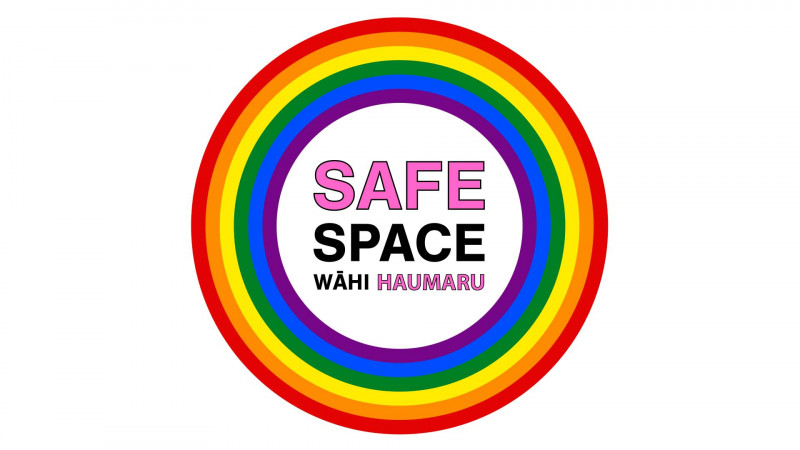Learn about epic journeys through Northland and beyond at Māngungu Mission. Be sure to visit a little parlour table on which Te Tiriti was signed. The Weslyan missioniaries of the Hokianga made a move and so can you.
Māngungu Mission will be closed on Saturday 27 & Sunday 28 April due to a staff shortage. Open again on Monday for the final day of the season. Apologies for any inconvenience.
Opening Hours
Dec 2 2023 - Apr 29 2024:
Saturday, Sunday, Monday
10:00am - 4:00pm
May 1 2024 - Dec 1 2024
Closed, except pre-arranged group tours
Closed Christmas Day and Good Friday
Entry
Member Free
Adult Guided Tour $10.00
Under 18 years Free
Groups Please contact the property for guided group rates. On closed days, tours are available for groups of more than 10 people, if booked in advance.
* Surcharges may apply for special events

Māngungu Mission is identified as a Tohu Whenua heritage site. Tohu Whenua are the places that have shaped Aotearoa New Zealand. Located in stunning landscapes and rich with stories, they offer some of our best heritage experiences. See more on the Tohu Whenua website.
Parking
We have a small carpark onsite located at the top of the driveway next to the mission house. There is also free on-street parking at the bottom of the drive beside Motukiore Road. Bus or Campervan parking is also available at the bottom of the drive. Visitors are welcome to drive up to the house to drop-off and pick-up visitors for easy access. We ask visitors to not park on the grass.
Please be careful of pedestrians and cycle trail when using the driveway and remember they have right of way.

Accessibility
Māngungu Mission is a two-storey building, with steps for entry, however a mobility ramp is available, just let our staff know you require it. The second floor is currently not accessible to visitors while we undertake conservation work within the house.
Please note wheelchair users may find it difficult to navigate within the house due to the width of doorframes and narrow passages. If you find this to be the case, our visitor hosts can still share the history of our site with you while enjoying the stunning views of the Hokianga from the front veranda.
Food and Drink
Visitors are welcome to bring a picnic with them to enjoy in our grounds. Please remember to take all food and waste with you.
This is a smoke and vape free site.

Church
The church located at Māngungu is owned by Te Taha Māori Property Trust and managed by the local community and is not open to visit. Please respect the privacy of parishioners if a service is underway during your visit.

More Info
Children and whānau
Both inside and out, there are things for kids to discover. Inside explore the house, while you learn about how a small house played a bit part in our history. Don’t forget to ask about the journey the little mission house went on by boat. Outside, there is plenty of room to stretch little legs, while enjoying the grounds.
Things to remember
We care for some important taonga (treasures) in our collection and our heritage buildings have lived a long life, so some rooms or items in the house may be off limits at times for conservation and maintenance.
Some rooms may be dimly lit depending on the weather and time of year.
We want everyone to enjoy their visit, on busy days drones can be disrupting to the experience at Māngungu Mission. Please do not fly drones at the house without permission from Heritage New Zealand Pouhere Taonga.
The church located at Māngungu is owned by Te Taha Māori Methodist Property Trust and managed by the local community and is not open to visit. Please respect the privacy of parishioners if a service is underway during your visit.
Safe Space
Heritage New Zealand Pouhere Taonga is proud to be part of the Safe Space Alliance, offering safe and inclusive spaces that welcome and support the LGBTQI+ community.
A safe space is a space where the LGBTQI+ community can freely express themselves without fear. It is a space that doesn’t tolerate violence, bullying, or hate speech towards the LGBTQI+ community.

Māngungu Mission and Te Tiriti o Waitangi
Overlooking Hokianga Harbour, Māngungu Mission in Northland was the site of the third signing of Te Tiriti o Waitangi. It was here, on 12 February 1840, where 64 signatures were added to The Waitangi Sheet of Te Tiriti. Several thousand Māori in attendance represented many different hapū within Ngāpuhi.

Wallpaper Conservation
Heritage New Zealand Pouhere Taonga staff Alex Bell, Property Lead Te Waimate and Hokianga and Mita Harris, Director Māori Heritage – Kaiwhakahaere Matua Tautiaki Wahi Taonga introduce the Māngungu Wallpaper Conservation project that began just after lockdown in 2020. The project is working to conserve the layers of wallpaper that generations have left behind in the little house of big significance in the Hokianga, Aotearoa New Zealand.

Ngā Kōrero
Stories
Photo: Terry Hann
Not sure where to start?
We've created a great Northland heritage adventure to get you started on your heritage journey.

Photo: Darryl Ward











